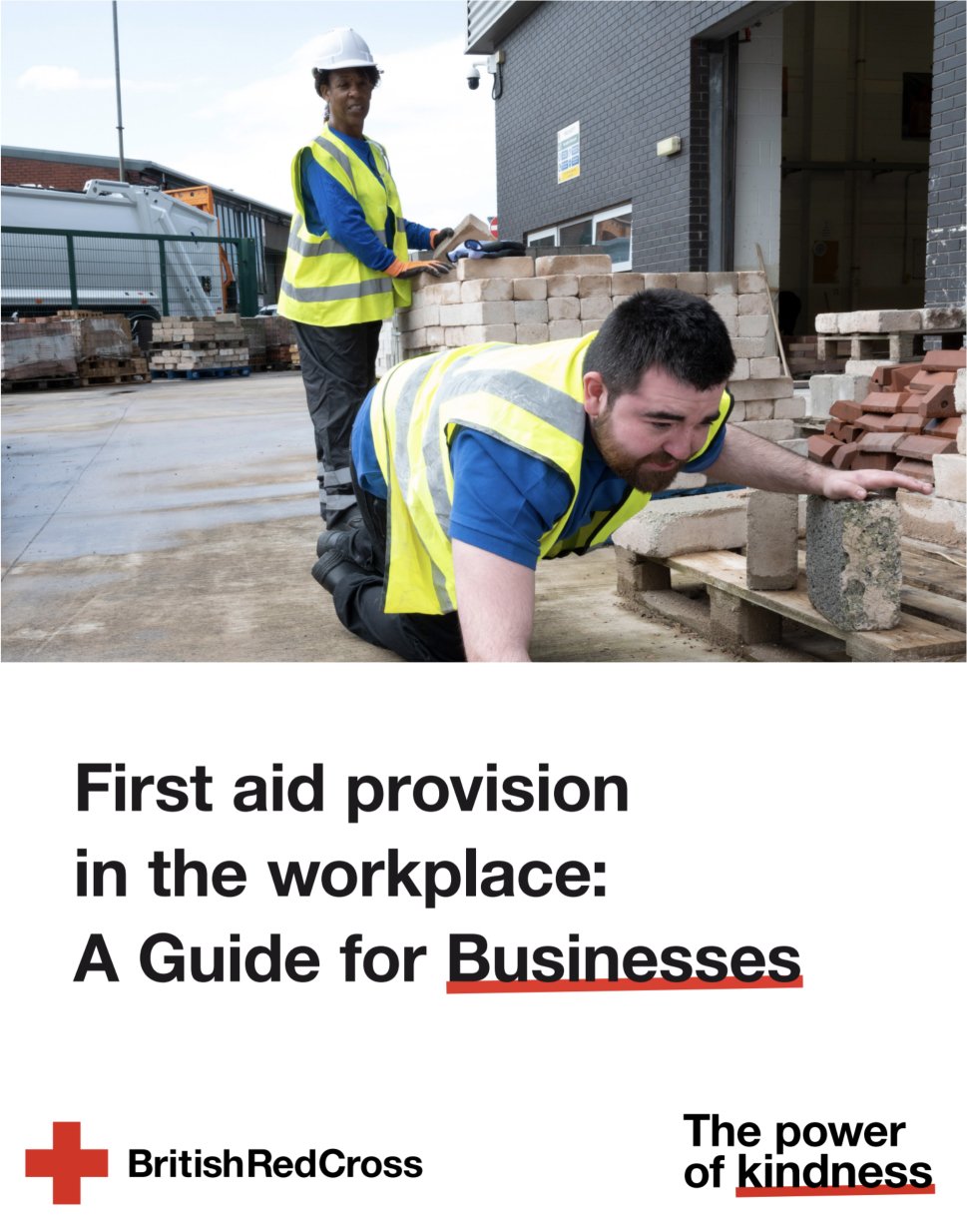Over the last couple of years, the number of people working remotely has increased significantly. For many, this was a fast change bought about by Covid-19 restrictions, for others it has been a strategic move as businesses embrace collaboration tools giving more flexibility.
For many remote workers, their place of work is now at home, for others they are lone working in environments or situations that could make them vulnerable.
But, have you considered the impact of these changes on individuals, and what changes you may need to make as an organisation to ensure their continued safety and wellbeing?
As an employer, it is important that you keep your employees safe when they are working alone, this could be through providing first aid training so they know what to do if an emergency occurs, a mobile phone so they have a way of contacting others and considering ways to prevent them feeling isolated and alone which can negatively impact on mental health.
Who is a lone worker?
The Health and Safety Executive (HSE) released a lone worker guidance document aimed at employers called ‘Working alone.’ The document provides guidance on legislation and assessment. It defines a lone or remote worker as someone who works by themselves without close, constant, or direct supervision or contact with colleagues.
A lone worker can be classed as someone who:
- works from a fixed base; such as one person working alone in shops, workshops, or petrol stations.
- works separately from others on the same premises or work outside the normal hours – for example, security and maintenance staff.
- works alone for long or intermittent periods of time – for example in factories, warehouses, fairgrounds, and leisure centres.
- works away from a fixed base – for example healthcare workers, environmental inspectors, cleaners, agricultural and forestry workers, estate agents, postal staff and sales and service representatives.
- works from home.
- is a mobile worker – for example a taxi driver.
All employers must ensure that employees working alone are not exposed to any greater risk than other employees. It is an employer’s duty to assess potential risks and take steps to avoid or control them.
Equip your employees with the confidence to act in an emergency
Start your first aid journey by downloading 'First aid provision in the work: A Guide for Businesses'.
It is estimated that up to 8 million people in the United Kingdom are lone workers
However, the official figure of lone workers is expected to be much higher, due to the increase in people working remotely during the pandemic, which was as its highest in 2020.
It's likely that many lone workers might not have a first aider to turn to. Organisations must recognise their duty of care for lone workers and communicate and develop policies with lone workers in mind- to ensure they never feel disadvantaged or alone.
It is in an employer’s best interest to ensure remote workers feel connected, as this will directly impact levels of employee safety, productivity, and retention.
So, if you are a lone worker, or are responsible for the welfare of lone workers, make sure self-care first aid knowledge is on your agenda.
Our first aid at work courses reinforce worker safety by equipping employees with the confidence to act in an emergency when they’re working alone.
Two in five employees’ feel that their mental health has worsened in comparison to before the start of the pandemic
A IES survey also found that 50% of those working remotely were unhappy with their existing work-life balance, 33% felt isolated and 21% were concerned about job security.
Lone working can attribute to work-related stress and affect people's mental health. Working remotely can make it difficult for employees to get the correct level of support
Our mental health resources hub features advice from mental health professionals and actionable tips on how to prioritise your mental health and wellbeing.
68% of companies have experienced an incident involving a lone worker over the last three years
A report by StaySafe found that 68% of companies have experienced an incident involving a lone worker over the last three years, with a fifth described as being severe or very severe.
The report findings also state that accidents, ill health, aggression and violence make up to 41% of incidents involving lone workers, with the remaining 59% being caused by stress, mental health and wellbeing and fatigue.
Lone working is becoming the new normal and organisations need to adapt to the new challenges across all industries, to ensure they can offer their team the right support, even if they are working remotely.
Topics: First Aid



